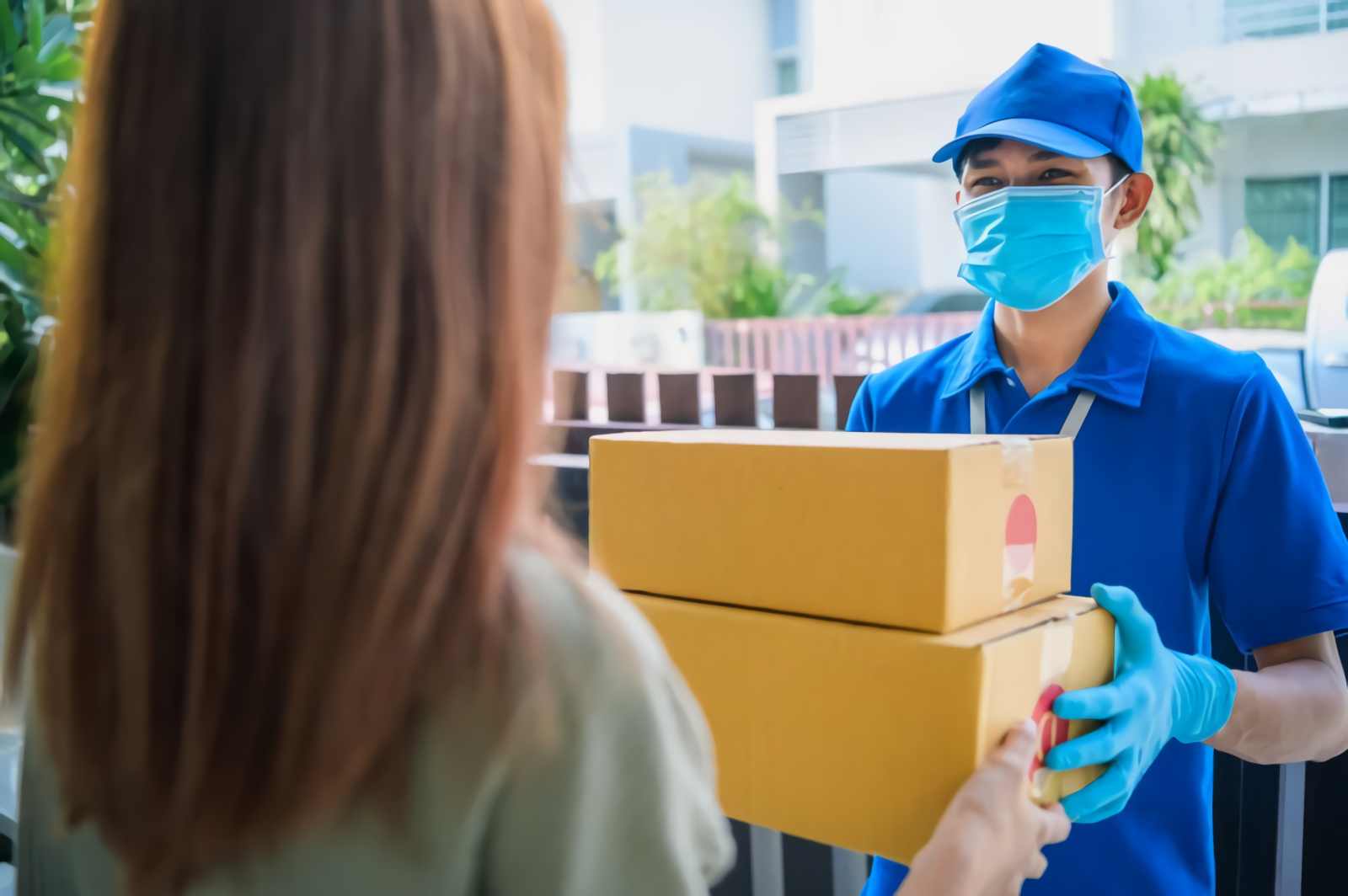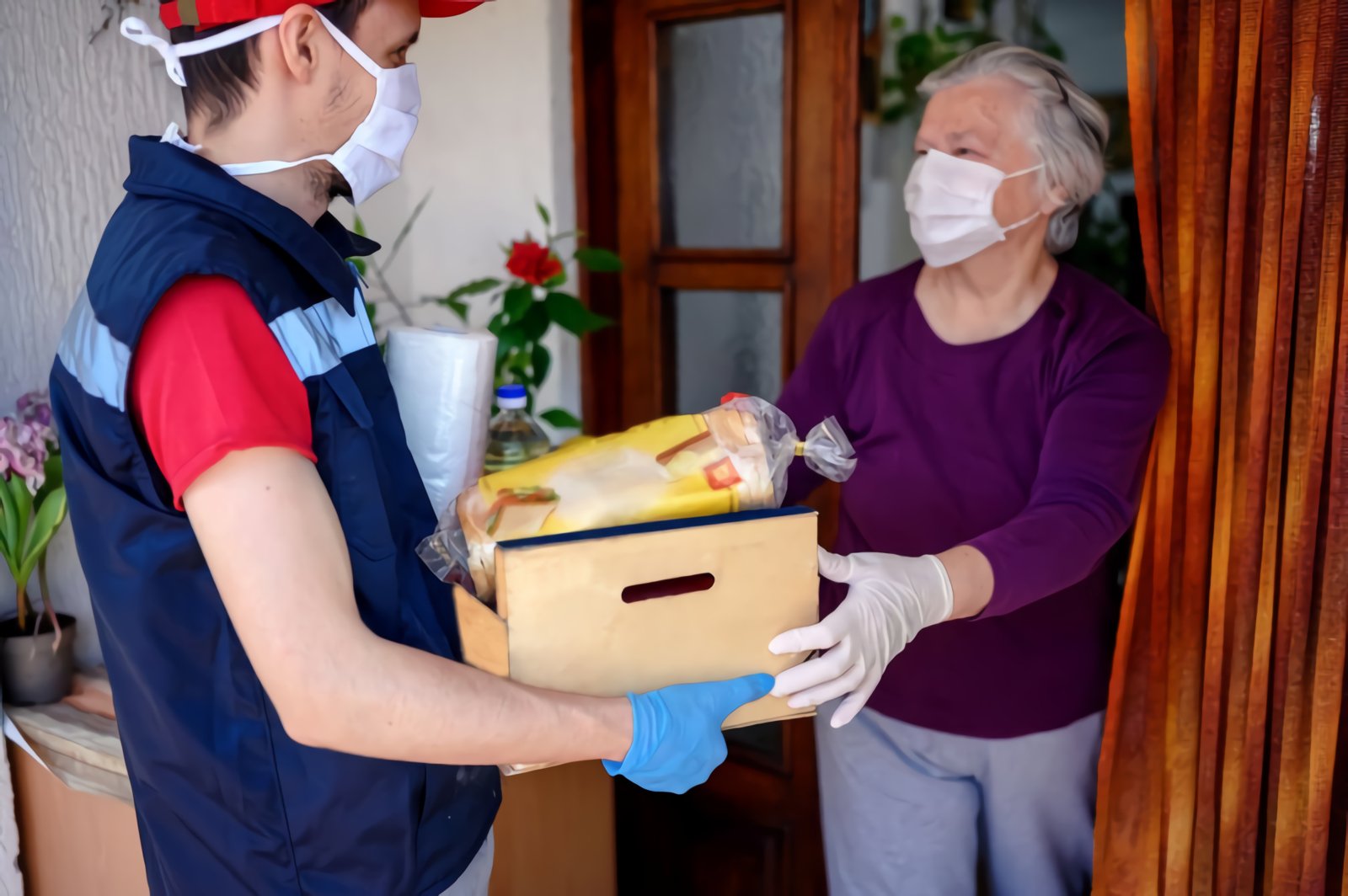For customers, the ease and convenience of e-commerce delivery is an obvious advantage, but for brick-and-mortar businesses, this entire method adds a new layer of costs and complexities. The innovations of Amazon, the all-purpose retail store without a single suburban mall location, have put an amazing amount of pressure on large established chains and small local retail stores alike. Rather that driving to a store, browsing the aisles, and checking out in person with items in hand, people expect every retail location to have an e-commerce enabled website, and to expect inexpensive delivery in three days or less. To be fair. many companies have stepped up to the challenge, massively expanding their online and shipping strategies to meet the demands of the market, only to find a final layer of costly challenges.
What is Last Mile Delivery?
The ‘last mile’ refers to the special set of tasks required to get the product out of the delivery truck and into customer hands. You can optimize your warehouses, package items carefully and load them onto your shipping fleet. The trucks spread from your central location or from several locations across the country, headed out to customer homes and businesses. This can all be done fairly efficiently, with the same attitude of any dedicated retail company. However, the unique challenges involved in completing deliveries often go unforseen. From fulfilling special delivery instructions to braving packed downtown office buildings, the cost of the final stage of delivery has been estimated between 28% and 40% of the cost for the entire delivery process because it is so difficult to predict and streamline.

In fact, the more diverse your customer base is, the more last-mile situations you’ll have to deal with. A small town shop that offers deliveries can become familiar with all or more of the potential last mile challenges like back alley delivery doors, difficult to navigate neighborhoods, and apartments building mailbox policies. However, companies that ship to urban areas, a wider range of communities, cross-country, or all over the world will need a more universal last mile delivery strategy and a team prepared to deal with almost any obstacle between the truck and the customer.

Dealing With Urban Density
In suburban and rural areas, your delivery truck can park, approach the front door, and politely leave the package next to the potted plants or on the porch bench. It’s not so easy in tightly packed downtown areas. The combination of rigors to transport goods in an urban environment is known as urban logistics, and requires care, ingenuity, and a good bit of stubbornness. From finding a place to park the truck to locating fifteenth-floor apartments and offices, urban delivery teams need to be at the top of their game, and even the pros sometimes get foiled. On top of this, the more time and effort it takes to complete deliveries, the more costly the ‘last mile’ becomes for stores.
In many cases, it’s absolutely necessary to catch the customer at home because there’s no secure place to leave a package. Urban last-mile strategies are far more likely to require a signature even though everyone is moving at a much faster pace in order to reduce the chances of mis-delivery. The two biggest risks for urban last mile delivery are leaving a package somewhere vulnerable or leaving the package with someone who claims to be the receiver (or has permission to receive) but is/does not. Consider working with your clients to catch them at times they will definitely be available to show some picture ID and sign for a package at home or work. Don’t be shy about at-work deliveries, these are often the most reliable.
Complying with Special Instructions
Even if your delivery person has successfully run the obstacle course from truck to front door, through weather, parking restrictions, staircases, elevators, and confusing floor plans, there may still be special delivery instructions from the customer that must be respected. The first step is to know the instructions, requiring comprehensive messages passed from the online ordering software to the delivery personnel. This is ideally automated so that passing on directions can never slip someone’s mind.
Next, the delivery team must assess the instructions and try to fit them into the real-world situation. Things like ‘come to back door’ may sound simple at first, but finding and approaching the correct ‘back door’ is often not as easy at it seems. The more complex the instructions, (ex: ‘We’re the second door from the left on the odd-numbered side, don’t wake the dogs’), the more challenging the task becomes.
The best way to deal with special delivery instructions is to have a multi-faceted approach to following seemingly impossible instructions or locating an elusive door. First, you need the special delivery instructions to come with the package at every stage, possibly even printed on the label and shown in bold on your delivery driver’s mobile interface. Second, give your delivery team a way to politely contact the customers to ask for directions. For most modern customers, text messaging is the ideal solution as questions and replies can occur no matter where the customer is at the moment and without a great deal of interruption to their day.
Building Your Last Mile Delivery Strategy
For these reasons, retail stores adopting the e-commerce delivery model cannot assume that packages, once loaded on a truck, will automatically reach their destination. A last mile delivery strategy is absolutely necessary in order to prepare your shipping teams for the rigors of challenging deliveries and to cut costs caused by delivery failures and extra hours lost to circling a busy downtown office building, looking for a place to park the truck. Some of the more common solutions include USPS approved drop-points, known as Delivery Lockers, implementation of locked drones and robots, and contracting share-economy independents who will personally handle this special last-stage process. However you plan for last-mile delivery, make sure the method suits your customers and test for effectiveness before locking down a permanent solution.
We look forward to yet another year helping our customers move the needle – leveraging solutions to innovate in sales, technology, commerce, logistics, and distribution.